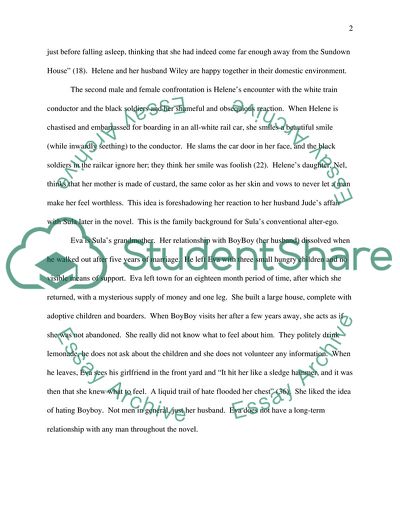Cite this document
(“The Male and Female Dynamics in Sula Essay Example | Topics and Well Written Essays - 1750 words”, n.d.)
Retrieved from https://studentshare.org/literature/1519054-the-male-and-female-dynamics-in-sula
Retrieved from https://studentshare.org/literature/1519054-the-male-and-female-dynamics-in-sula
(The Male and Female Dynamics in Sula Essay Example | Topics and Well Written Essays - 1750 Words)
https://studentshare.org/literature/1519054-the-male-and-female-dynamics-in-sula.
https://studentshare.org/literature/1519054-the-male-and-female-dynamics-in-sula.
“The Male and Female Dynamics in Sula Essay Example | Topics and Well Written Essays - 1750 Words”, n.d. https://studentshare.org/literature/1519054-the-male-and-female-dynamics-in-sula.


